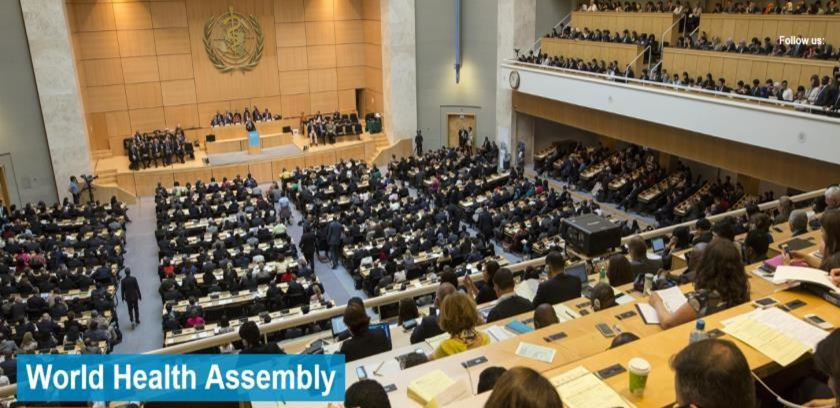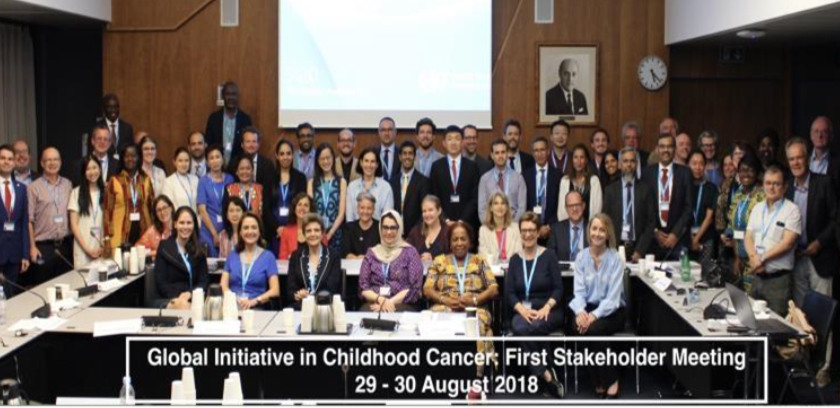Global and National Context
On May 31, 2017, in World Health Assembly Resolution 70.12, governments around the world recognized childhood cancer as a public health priority and requested the World Health Organization (WHO) to coordinate a global response with key stakeholders as part of an integrated approach to non-communicable diseases.

In August 2018, WHO convened the first global consultation on childhood cancer in Geneva and launched the Global Initiative on Childhood Cancer with the aim of reaching at least a 60% survival rate for children with cancer by 2030 while reducing suffering, altogether saving an additional one million lives. This new target represents a doubling of the global cure rate for children with cancer.

To achieve this stated goal of improving survival to 60% for all children with cancer, the objectives are to increase the capacity of all countries to improve access to quality care for children with cancer, and to increase the prioritization of childhood cancer at global and national levels. These objectives will be accomplished by implementing the WHO technical package of strategic interventions with support from a host of partners. Among them are International Society of Pediatric Oncology (SIOP) and the St Jude Children’s hospital in the United States, the first WHO Collaborative Center on Childhood Cancer. As a start, there has been engagement of at least six focus countries (at least one from each WHO region) with a record of strong political commitment and foundational efforts supporting children with cancer. Myanmar was identified as the first focus country for the South East Asian region. SIOP Asia has provided expertise and knowledge through its members at the Myanmar National Workshop on the Childhood Cancer Control Programme in May 2019.
Early diagnosis and effective management of childhood cancer is important for all Member States including India. Global efforts and progress on childhood cancer would be incomplete without India, where a sixth of all childhood cancer cases will occur. In addition to the impact in India, progress here could become a beacon for other countries in South Asia and South East Asia, and working with through WHO South East Asia Regional Office (SEARO) could impact the lives of many more.
While being a WHO focus country would be helpful, our efforts should not be dependent on this. With a vibrant and rapidly increasing pediatric oncology workforce as well strong regional and national partners in civil society, we have the ingredients to decrease childhood cancer mortality. Inhouse expertise and willingness, combined with WHO technical packages and engagement of the wider global pediatric oncology community are sufficient to make a start. Engagement of the national government to integrate childhood cancer services in the national cancer control response should be a priority.